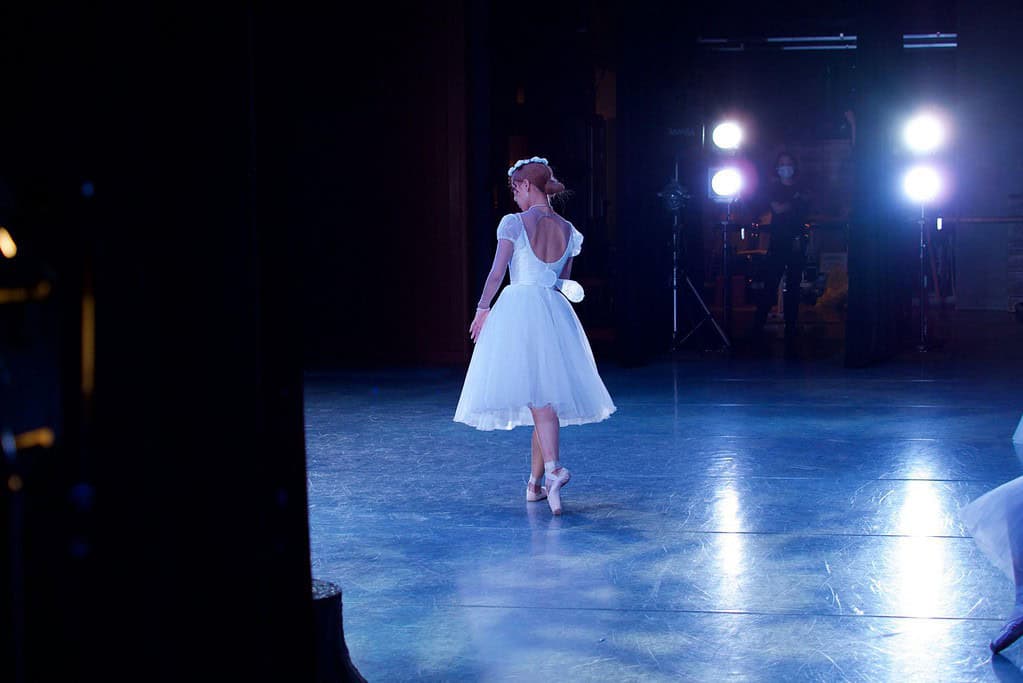Ballet Company Hierarchy – Everything You Need To Know
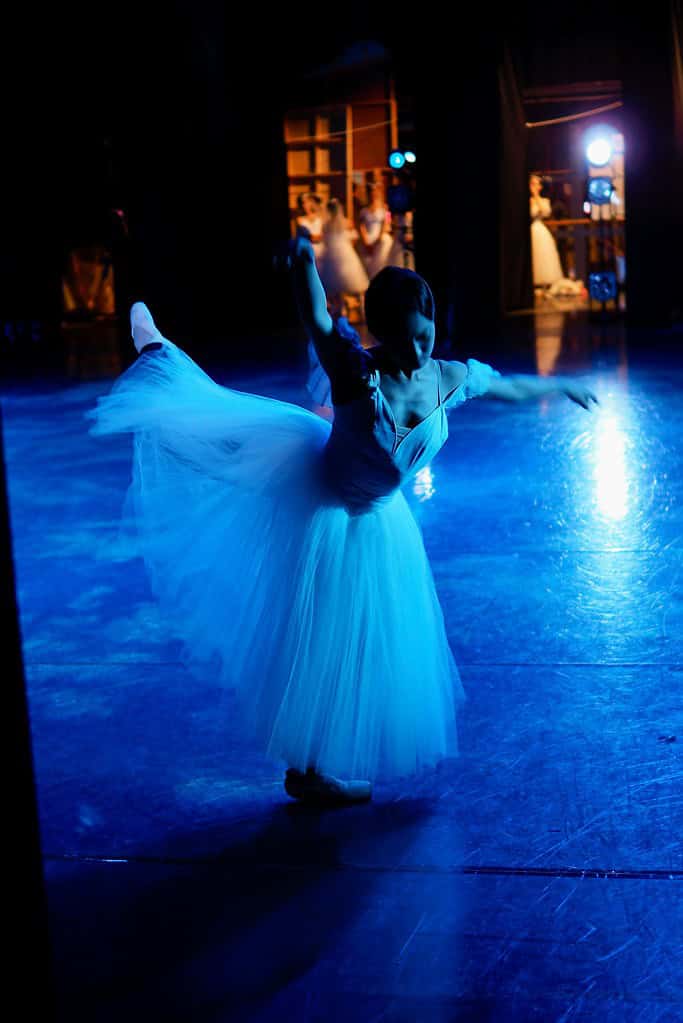
Much like any workplace, a ballet company hierarchy generally follows an organised structure.
It’s designed to ensure that everything functions smoothly with high-quality performances year-round.
This ballet company hierarchy provides each dancer with a clear path for development and growth, offering the opportunity to move up the ranks if they meet certain standards.
The journey through the ranks is both demanding and rewarding, allowing dancers to grow in a professional and personal sense.
Each stage builds upon the previous one, laying the groundwork for a fulfilling ballet career.
In this blog post, I’ll step you through a common ballet company hierarchy, and provide professional tips to help you climb the ballet ladder.
BALLET COMPANY HIERARCHY
While each company may have a slightly different ballet company hierarchical, they are usually composed of various ranks.
Starting from the bottom, dancers begin as Apprentices, transitioning from students to professionals.
This period allows newbies to acclimate to life as company members, which can be quite different from their experiences as students.
Next is the Corps de Ballet where you’ll learn how to perform as a cohesive unit.
The Corp de Ballet performs large group dances in ballet productions.
Following this, we have the Soloists.
Soloists are given the chance to take on more prominent roles including:
The final leap to the top is the Principal dancer.
I might be biased, but principal dancers are the stars of the company.
At this level, you’ve achieved the utmost quality in both technical and artistic areas of ballet.
THE ARTISTIC LEADERSHIP
The Artistic Leadership is responsible for shaping the company’s vision and guiding its direction within the dance world.
This includes the selection of choreographers and performances.
Each company will have a unique vision.

While some may prefer to focus on traditional and classical works, others might embrace a more modern, contemporary approach.
Nowadays it’s common for many companies to offer a diverse mix of styles, which benefits both the dancers and the audience.
ARTISTIC DIRECTOR
At the top of a ballet company is the Artistic Director, who functions similarly to a CEO in a corporate setting.
The Artistic Director is responsible for all the creative decisions including:
As the leader of the company, the Artistic Director’s responsibilities extend beyond artistic oversight, managing the business aspects to ensure financial stability and sustainability.
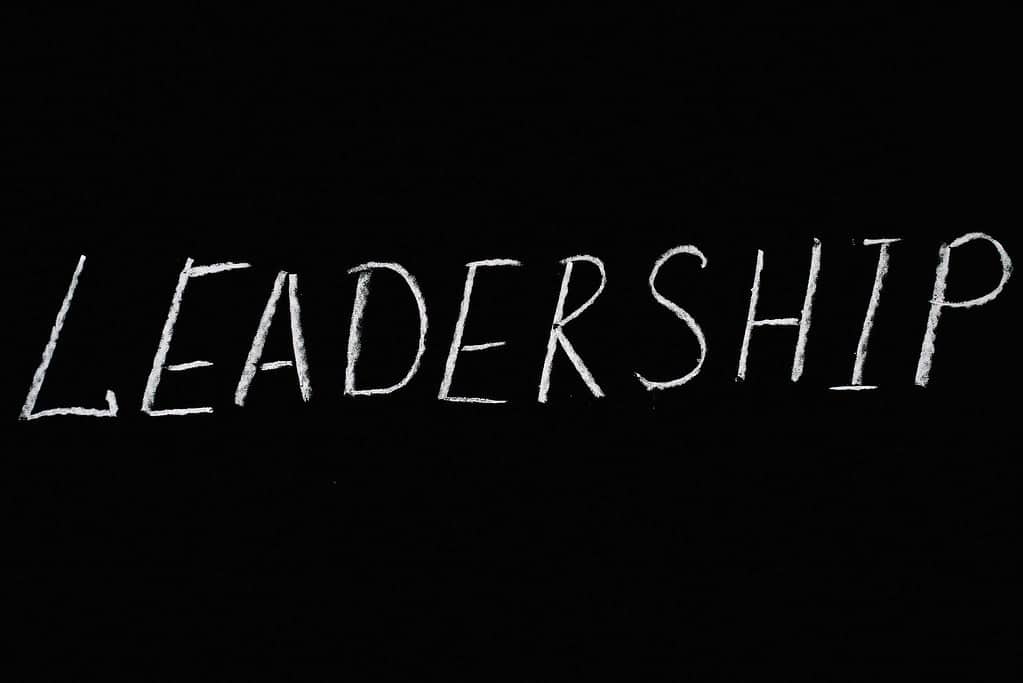
This includes budgeting for and bringing in new and innovative choreographers to enrich the repertoire.
Typically, the Artistic Director is a former dancer (but not always) with significant experience and a profound understanding of the art form.
They’ve often been principal dancers themselves, equipping them with a keen eye for talent and a deep knowledge of the dance world.
RESIDENT CHOREOGRAPHER
A resident choreographer is a key figure in a ballet company, hired to create new works on an ongoing basis.
Unlike guest choreographers (who come and go), they hold a permanent position.
Resident choreographers develop new productions each season and ensure a steady flow of fresh content.
This role reflects the Artistic Director’s and the audience’s appreciation for the choreographer’s previous work and their belief in the choreographer’s vision and style.
A resident choreographer provides a consistent infusion of innovative ideas and choreography, tailored to the strengths and dynamics of a company’s dancers.
THE RANKS
The dancers themselves are categorised into several ranks, each representing different levels of experience, technical and artistic skills, and a level of responsibility.
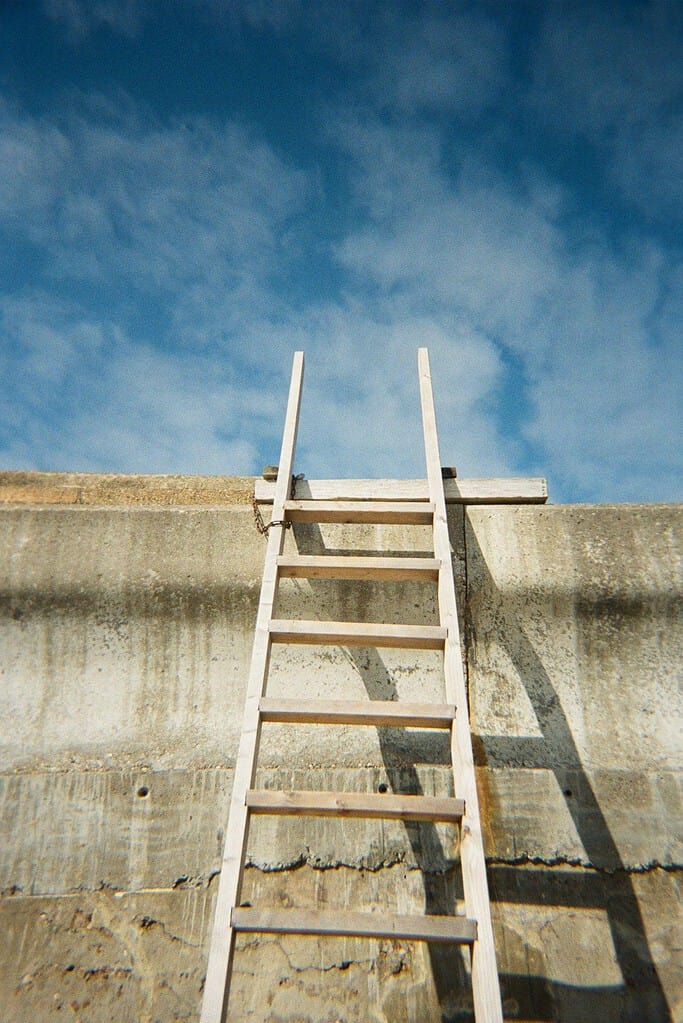
PRINCIPAL – THE TOP
DEFINITION
Principal Dancers are elite professionals in their field, having proven themselves worthy of their esteemed position. As dancers, they form the top of the ballet company hierarchy.
KEY ROLE AND RESPONSIBILITIES
Principal Dancers are recognised for their exceptional talent, commanding stage presence, and ability to bring depth and expression to the roles they play.
More than just exceptional dancers, Principal Dancers are role models who exemplify the highest standards of artistry, leadership, and professionalism within the ballet community.
Principal Dancers frequently take on challenging and iconic roles such as:
These are demanding performances that Principal Dancers excel in, bringing their unique interpretation and artistry to the stage.
Renowned Principal Dancers, both past and present include:
HOW TO SUSTAIN PEAK PERFORMANCE?
Once you’ve reached the top, maintaining your position as a Principal Dancer requires dedication and self-care.
This is particularly important amidst an increased workload and greater responsibility to consistently perform at your best.
It’s crucial to look after yourself properly and stay in peak condition to continue excelling in leading roles.
As a Principal Dancer, you are entrusted with more freedom to push your boundaries and evolve as an artist.
When you’ve reached this level, it’s important to view each performance as a new opportunity to bring fresh elements to your interpretation and discover different facets of yourself as a dancer.
Additionally, incorporating real-life experiences and emotions into your dance can help you connect more deeply with your roles and bring them to life.
SOLOIST – THE MIDDLE CLASS
DEFINITION
A Soloist in a ballet company hierarchy holds a position between the Corps de Ballet and the Principal Dancer.
They have demonstrated proficiency in both technical skill and artistic expression, earning greater opportunities to showcase their talent and dedication.
Soloists embody the emerging talent within the company and are the rising stars to keep an eye on.
KEY ROLE AND RESPONSIBILITIES
Soloists often perform featured solos, character roles, and occasional principal roles, showcasing their versatility and artistry.
Examples of soloist roles within ballet performances include the Blue Bird from Sleeping Beauty or Mercedes and Espada from Don Quixote.
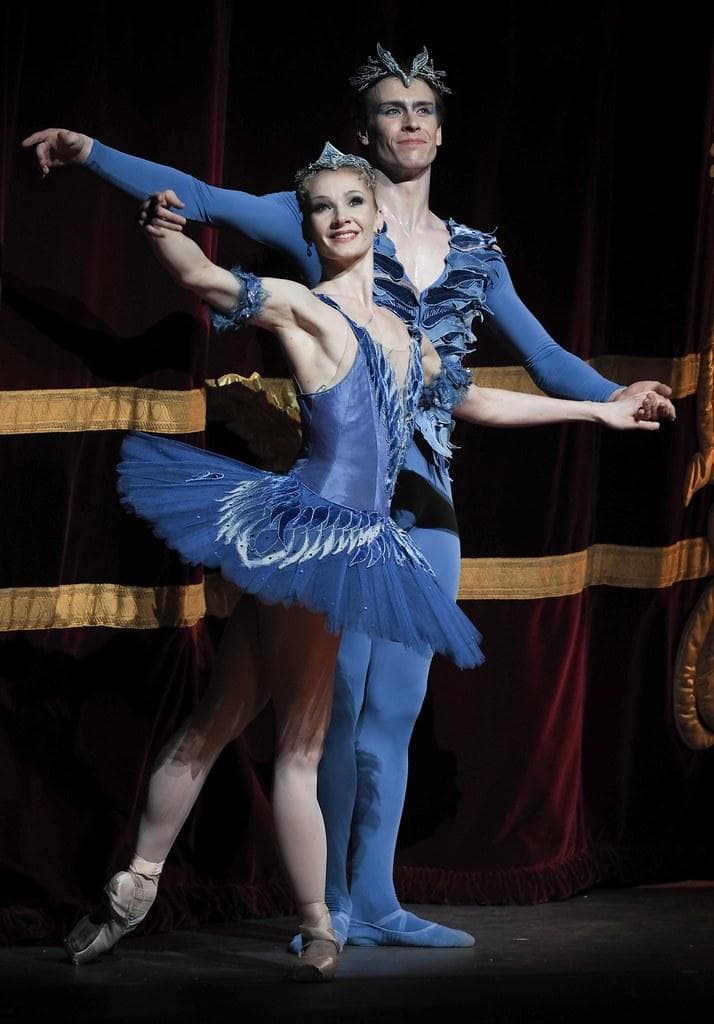
These roles showcase the Soloists’ readiness for more challenging parts, though they may still benefit from additional stage experience to further develop their technique and artistry.
HOW DO YOU BRIDGE THE GAP?
As a Soloist, you assume greater responsibility in ballet performances, whether dancing alone or with a partner.
To transition to Principal Dancer, Soloists need to:
A crucial aspect is the ability to collaborate effectively with a partner, showcasing clear communication and an authentic connection.
Mastering this can help you climb the ballet ladder, but don’t forget you’ll still need consistent hard work and a bit of patience.
CORPS DE BALLET – PART OF THE PACK
DEFINITION
While not holding the highest rank, the Corps de Ballet, translating to ‘body of the ballet’, plays an important role in ballet performances.
They form the foundation and ambience of the production, offering energy, atmosphere, and crucial support to the principal dancers.
Their precision and unity greatly enhance the beauty and magic of ballet performances.
KEY ROLE AND RESPONSIBILITIES
The Corps de Ballet provides younger dancers with the chance to grow and refine their skills while benefiting from the support of dancing within a group.
Corps de Ballet dancers must adjust to choreography and patterns, striving for impeccable synchronisation.
Additionally, they must showcase versatility by seamlessly adapting to diverse styles and choreographers, and be prepared to step into any roles with little notice.
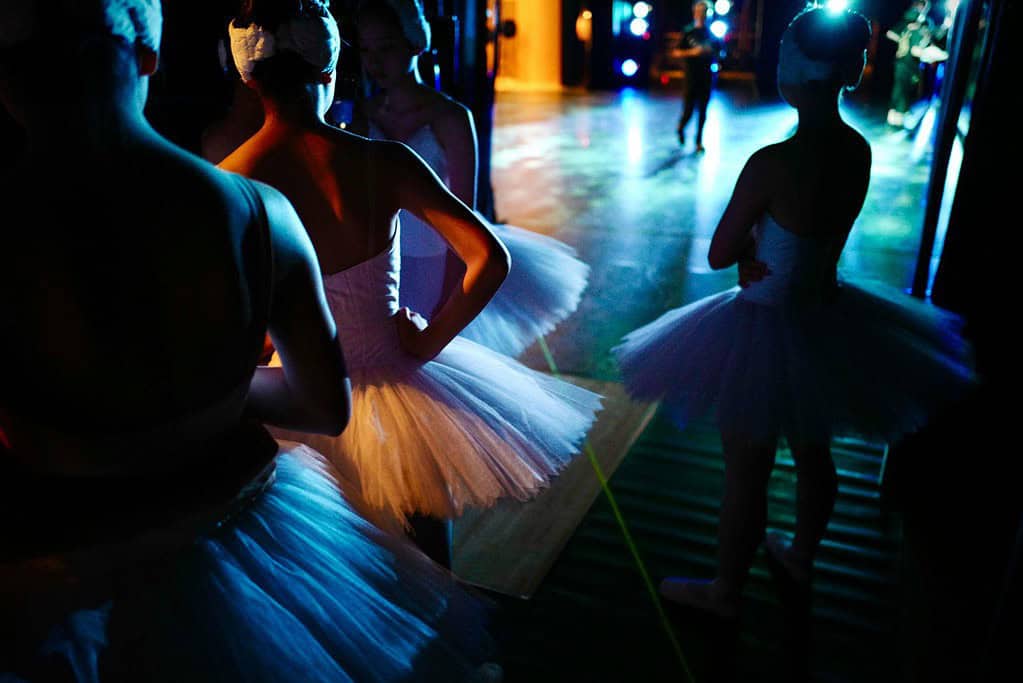
HOW TO STAND OUT IN THE CORP DE BALLET?
Standing out in the Corps de Ballet requires a delicate balance between blending seamlessly with the ensemble while also showcasing your artistry and expression.
Maintaining the correct style with proper technique is crucial, but it’s equally vital to showcase your individuality as a dancer to open up future opportunities.
This involves staying in line and within formations but also:
APPRENTICE – JUST STARTING OUT
DEFINITION
An Apprentice in a ballet company is a dancer who has recently graduated from a ballet school or even a Junior Ballet company and is beginning their professional career.
An Apprentice is learning to transition from student life to finding their feet as a professional dancer within a ballet company.
KEY ROLE AND RESPONSIBILITIES
While Apprentice dancers may not always have the chance to perform in the Corps de Ballet, their primary aim is to:
They must swiftly adapt and start taking initiative.
This journey can be an exhilarating roller coaster, full of challenges and discoveries.
HOW TO THINK FOR YOURSELF?
Transitioning into company life as a new apprentice dancer can feel overwhelming, but it’s crucial to learn how to think independently and take care of yourself.
In this new environment, where you’re expected to quickly pick up choreography and refine your skills without constant guidance, self-reliance becomes essential.
While company classes, rehearsals, and performances demand your focus, it’s equally important to dedicate some extra practice time outside of your schedule.
By practising independently, you can:
SUPPORT AND ADMINISTRATIVE STAFF
A ballet company isn’t solely about the dancers.
For everything to run smoothly and for performances to come to life, the administrative and supporting staff play a crucial role in creating this magic.

BALLET MASTERS AND MISTRESSES
Good dancers are not created overnight.
Often a dancer’s efforts are also a testament to the commitment of their teachers.
Ballet teachers conduct daily classes and rehearsals, continuously refining dancer’s techniques and artistic abilities.
This is why having excellent Ballet Masters and Mistresses is crucial in a ballet company.
These seasoned professionals are chosen for their ability to share valuable knowledge and provide critical guidance to dancers.
Ballet Masters and Mistresses are responsible for teaching company classes, rehearsing the dancers, and maintaining the company’s stylistic and technical standards.
They serve as intermediaries between the Artistic Director and the dancers, ensuring that the director’s vision is effectively brought to life in performances.
STAGE MANAGERS AND TECHNICIANS
Behind the scenes of every ballet performance are stage managers and technicians.
They work tirelessly to ensure that a performance runs smoothly from the beginning to the end.
Stage managers serve as the backbone of the production, coordinating all aspects of the performance.
During shows, they cue lighting, sound, and special effects, ensuring perfect synchronisation with the dancers and orchestra.
Technicians operate the lighting, setting the mood and atmosphere for each scene.
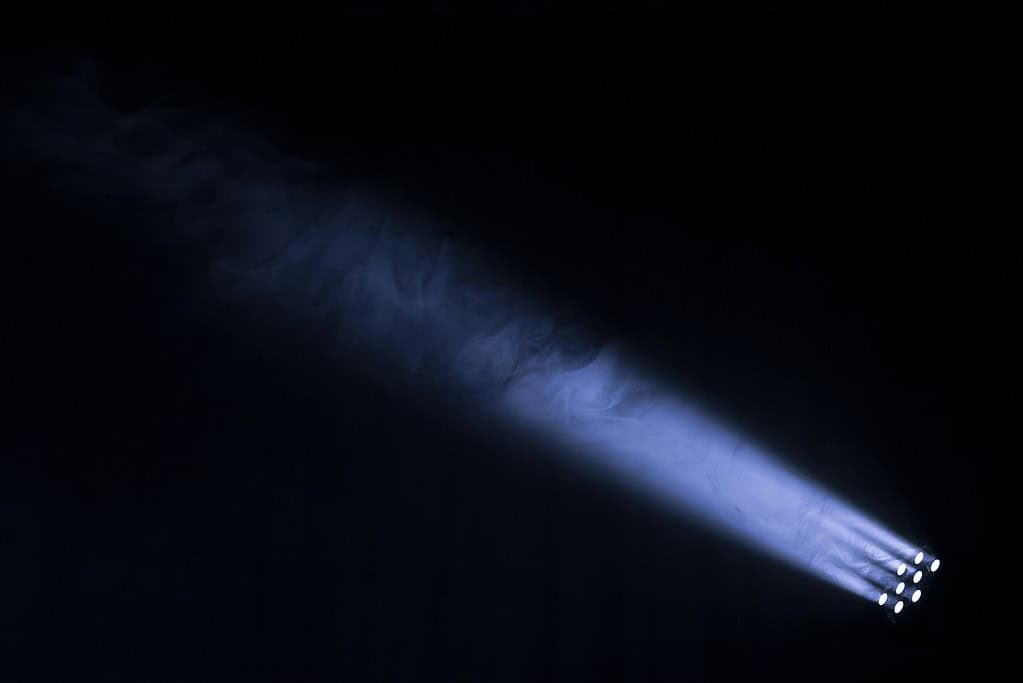
Additionally, stagehands and set technicians manage set changes, swiftly moving props and set pieces on and off stage between scenes.
While all eyes are on the dancers and performers, the true magic of a ballet performance is made possible by the dedicated efforts of stage managers and technicians.
COSTUME AND WARDROBE DEPARTMENT
The costume and wardrobe department transforms dancers from mere humans into magical and ethereal beings on stage.
Through meticulous attention to costume design and details, dancers can physically step into their roles and embody their characters with authenticity.
Costumes play a vital role in evoking emotions and enhancing storytelling.
From elegant tutus to elaborate period costumes, every detail is carefully crafted to complement the choreography and highlight the dancers’ movements.
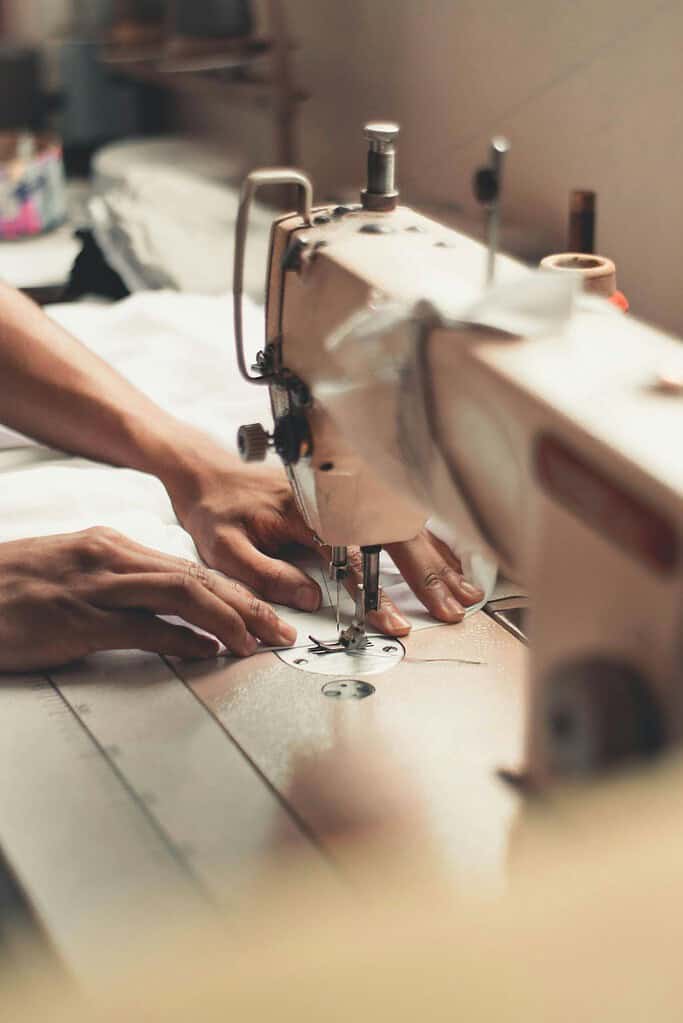
In addition to costumes, the hair department plays a crucial role in the transformation process.
They are responsible for ensuring that dancers’ hair is impeccably styled and maintained.
From sleek ballet buns to french twists, the hair department’s attention to detail adds an extra layer and final touch to a dancer’s costume.
COMPANY MANAGER AND ADMINISTRATORS
The Company Manager and administrators are crucial figures in a ballet company, overseeing various aspects including logistics, budgets, contracts, and communication.
The Company Manager ensures that the dancers’ voices are heard and their needs addressed.
Administrators manage key areas such as marketing, fundraising, education, box office operations, and finance and handle enquiries from the public.
CAREER PROGRESSION IN A BALLET COMPANY
While not every dancer dreams of becoming a Principal Dancer, the aspiration serves as a powerful motivator to continually strive for excellence.
Advancing within the ballet company hierarchy involves a combination of talent, hard work, opportunity, and sometimes a bit of luck.
Often dancers are promoted when they demonstrate advanced technique, artistry, and maturity, meeting the physical and technical demands of the art form.
Career progression in a ballet company is a journey of continuous growth and dedication.
Each level or rank presents new challenges and opportunities, driving dancers to constantly improve and aspire to new heights in their artistic careers.
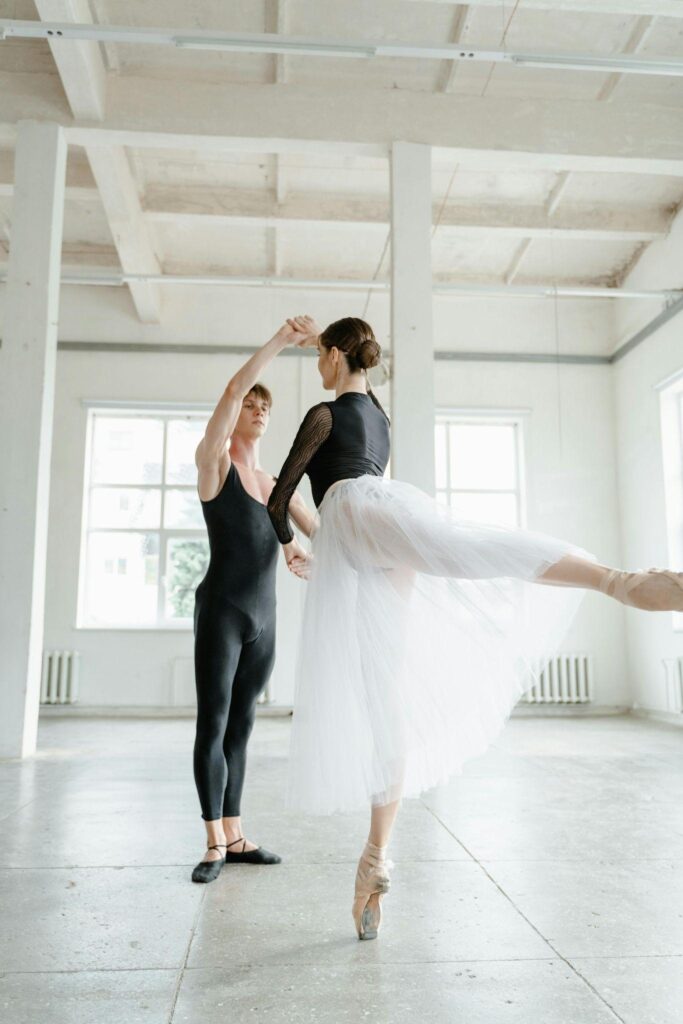
BALLET COMPANY HIERARCHY – FAQs
WHAT ARE THE RANKS IN A BALLET COMPANY?
The most common ranks in a ballet company hierarchy are Principal Dancer, First Soloist, Soloist, Coryphee, Corp de Ballet, and Apprentice.
WHAT IS THE HIGHEST POSITION IN A BALLET COMPANY?
The highest position in the ballet company hierarchy is that of the Principal Dancer. Principal dancers often perform leading roles in major ballet performances.
Fun Fact: In the Paris Opera Ballet, the principal dancer is called the ‘Étoile’ which translates to ‘Star’.
WHAT IS THE DIFFERENCE BETWEEN A SOLOIST AND PRINCIPAL DANCER?
Soloists and Principal Dancers both excel in performing solo roles, but they hold different positions within a ballet company.
Principal Dancers are primarily tasked with portraying leading roles in major productions, often tackling iconic characters like Romeo and Juliet or Odette and Prince Siegfried.
Conversely, Soloists serve as a crucial link between the Corps de Ballet and principal roles, taking on featured solos or character parts, such as the Big Swans.
While Soloists have ample opportunities to showcase their talent, they do not bear the same level of responsibility or receive the same level of recognition as Principal Dancers.
HOW DOES A RESIDENT CHOREOGRAPHER CONTRIBUTE TO THE COMPANY?
A resident choreographer holds a distinct advantage within a ballet company.
Their continuous presence allows for the creation of new and innovative works, fostering close collaboration with dancers throughout the season.
This proximity enables them to challenge dancers to:
WRAP UP
Every member, from apprentices to principal dancers, is a valued member of a ballet company and contributes significantly to its success.
While aspiring to reach the highest rank is the dream for many young dancers, others will be quite fulfilled and content in performing within the corps or even in smaller solo roles.
Remember, centre stage might not be for everyone!
The hierarchical structure not only challenges dancers to push their boundaries but also allows for continuous growth and development within the dance world.
As abilities and choreographies evolve, the dynamic nature of ballet reflects the relentless pursuit of excellence and innovation.
